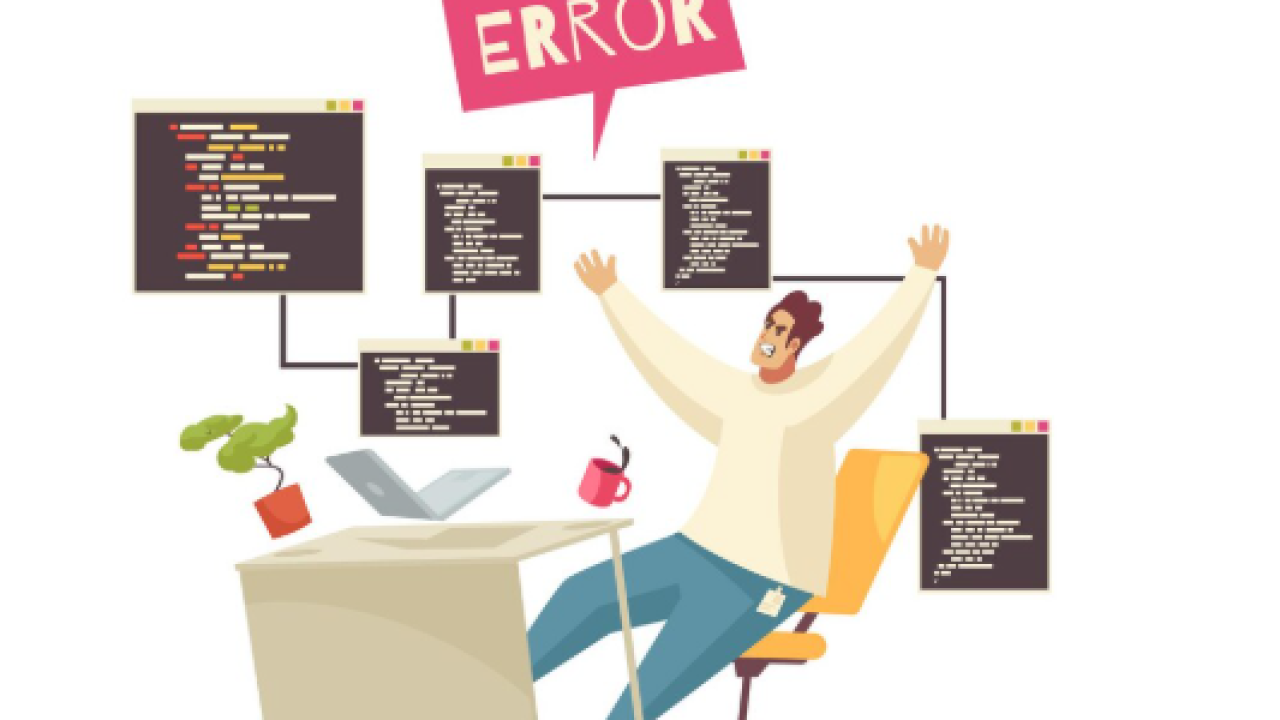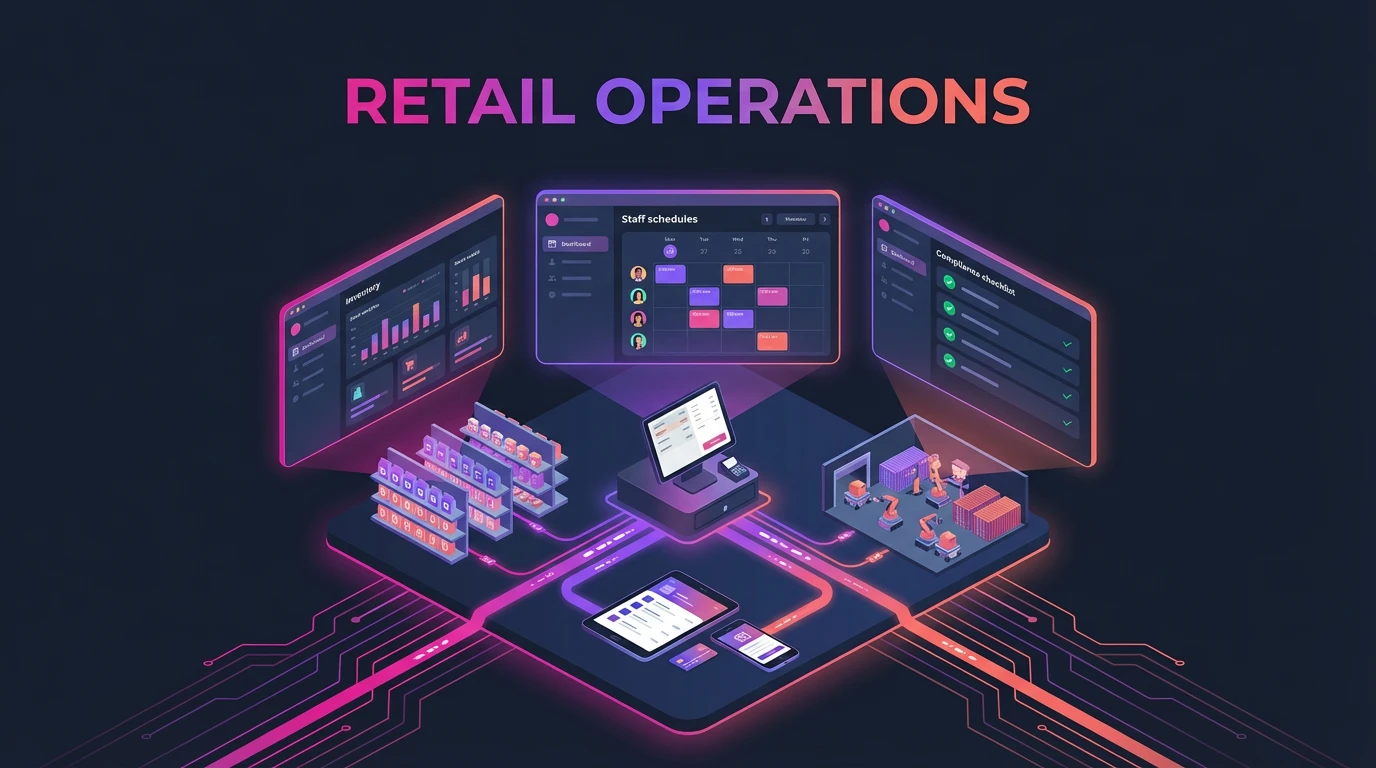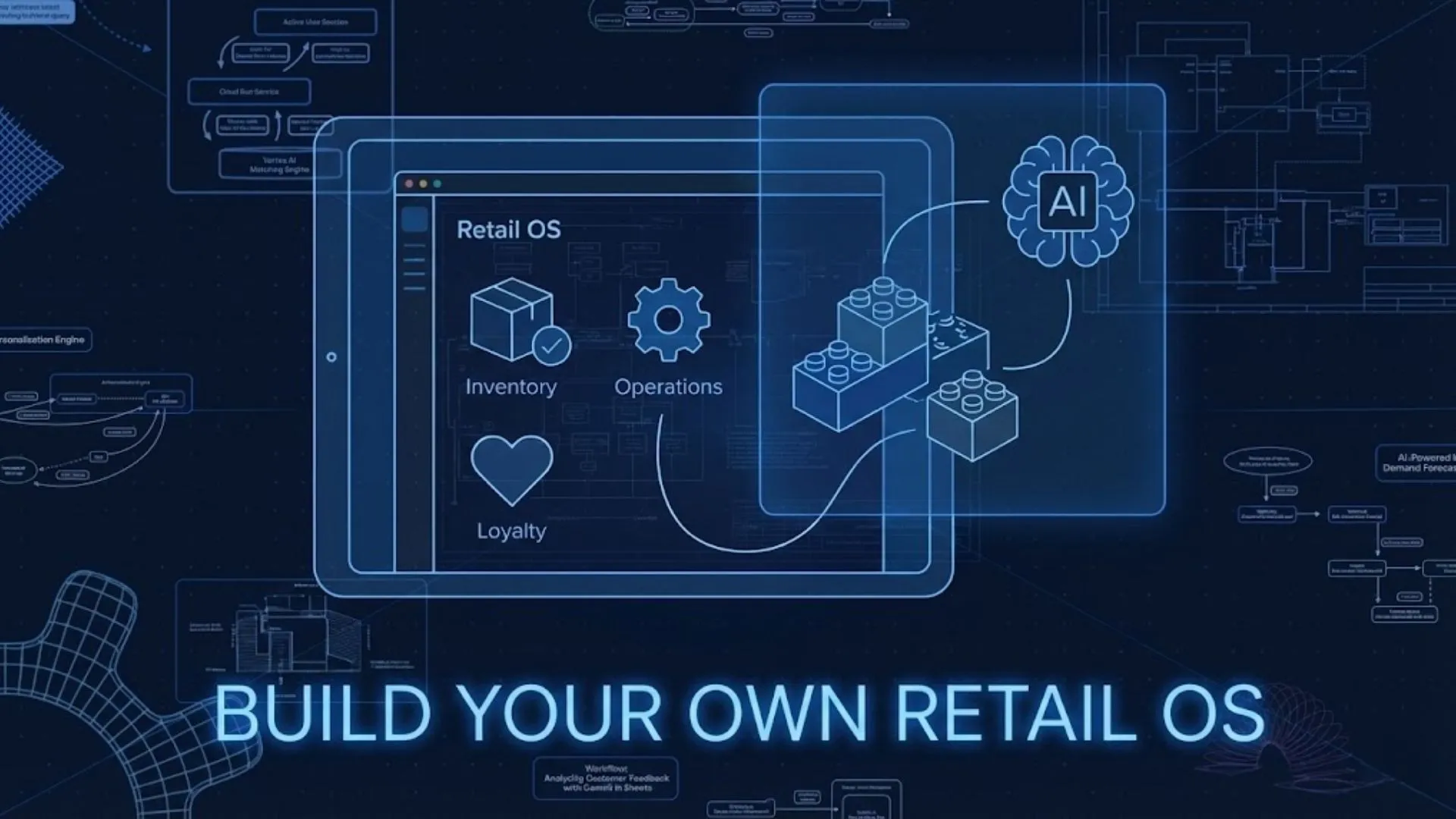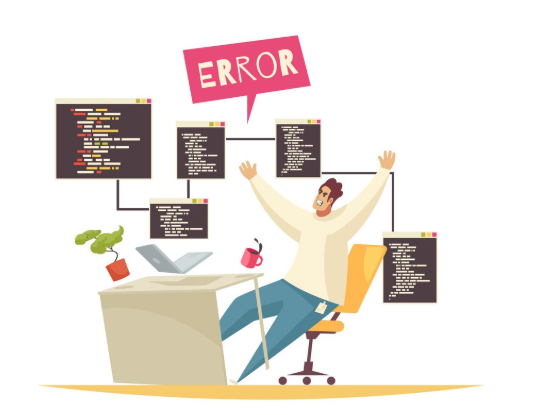
No-code platforms have made SaaS development more accessible, allowing founders to build products quickly without deep technical skills. However, skipping crucial planning steps or overlooking integration details can lead to costly mistakes that hinder growth and scalability.
The most common mistakes in no-code SaaS development involve inadequate planning, poor user experience design, and failure to consider long-term scalability. These errors often result in apps that struggle to meet market needs or handle increased user demand.
Launch Your App Today
Ready to launch? Skip the tech stress. Describe, Build, Launch in three simple steps.
BuildUnderstanding and addressing these pitfalls early can save time and resources, helping founders build functional, sustainable SaaS products with no-code tools.
Understanding No-Code SaaS Development
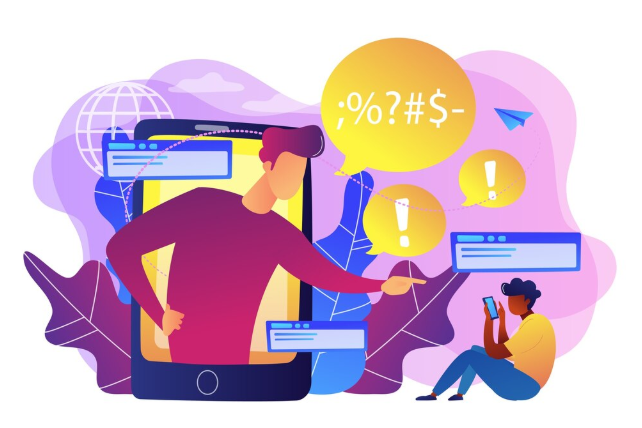
No-code SaaS development enables users to create software applications without traditional programming. It leverages visual interfaces and pre-built components, allowing faster product delivery. This approach impacts market growth, evolving use cases, and the selection of platforms suited for different needs.
Definition and Core Principles
No-code SaaS development allows users to build applications through drag-and-drop tools instead of coding. It focuses on simplifying product design, logic flow, and user interface creation.
Core principles include accessibility, enabling non-technical users to develop products, and efficiency, reducing development time and cost. It also emphasizes scalability within limits, as some no-code platforms face challenges with high custom-function complexity or large user bases.
Quality and professionalism are increasingly achievable with platforms like imagine.bo and Zero-Code Needed, which aim to deliver professional-grade applications without compromising functionality.
Market Trends and Growth
The no-code SaaS market has expanded significantly, driven by startups and businesses seeking rapid MVP development. Growth correlates with rising demand for agility and cost-effective solutions.
Platforms focusing on ease of use and integration capabilities have gained substantial traction. However, challenges around customization and vendor lock-in remain common concerns.
The trend also shows increasing adoption beyond early-stage startups, reaching mid-sized companies wanting to optimize internal tools and workflows without large developer teams.
Key Use Cases and Platforms
No-code SaaS is favored for creating MVPs, internal business apps, and customer-facing portals. It suits projects where quick iteration and user feedback are critical.
Popular platforms include imagine.bo, known for blending no-code simplicity with professional-grade quality, and Zero-Code Needed, which emphasizes a wide range of integrations and scalability options.
Key use cases:
- Automated workflows and business process management
- SaaS products with standard feature sets
- Testing and validating ideas before full-scale development
These options provide flexibility but require understanding platform limitations around custom functionality and cost scalability.
Foundational Planning Mistakes
Successful no-code SaaS development relies heavily on clear preparation and validation. Skipping critical steps such as understanding the market, defining user personas, and verifying the MVP risks wasting resources and building a product that lacks demand.
Insufficient Market Research
Many founders dive into building without thoroughly researching their market. This oversight often causes them to miss key competitors, user needs, and demand trends. Without data on market size, potential customer pain points, and competitor strengths, the product risks redundancy or irrelevance.
Effective market research involves collecting quantitative data and qualitative insights. Founders should analyze existing solutions and identify gaps where their product can add value. This effort helps sharpen the value proposition and ensures alignment with real customer problems rather than assumptions.
Undefined Target User Personas
Developing a SaaS product without clearly defined user personas leads to scattered product features and messaging. Founders who fail to describe their ideal users often build for a vague or overly broad audience. This results in low engagement and weak product-market fit.
User personas must outline demographics, behaviors, motivations, and challenges. This clarity directs product decisions, marketing strategies, and feature prioritization. Personas also guide founders in empathizing with users and tailoring the MVP to meet precise needs, improving adoption chances.
Neglecting MVP Validation
Skipping or rushing MVP validation is a critical misstep. Some founders assume their idea is good because they understand it deeply, neglecting actual customer feedback. This can result in investing in features customers don’t want or ignoring usability issues.
Validation means releasing a minimum viable product to a controlled user group to gather data on its usability and value. Feedback from early adopters informs iterative improvements. Validating early minimizes waste and increases the likelihood of building a product that genuinely solves user problems.
Design and User Experience Pitfalls
Effective design in no-code SaaS development requires clarity, accessibility, and adaptability. Avoiding complex user journeys, meeting accessibility guidelines, and ensuring a seamless experience across devices are essential for retaining users and reducing churn.
Overcomplicating User Flows
One of the most common missteps is creating user flows that are too complex or unintuitive. When users encounter confusing navigation or unclear steps, they often abandon the product prematurely.
Developers should apply design thinking principles combined with an AI-generated blueprint to map out logical, streamlined pathways. Limiting the number of choices at each stage and using progressive disclosure helps users focus on immediate tasks without feeling overwhelmed.
Testing user flows frequently with real users uncovers friction points early. Clear calls to action and consistent layout reduce cognitive load, improving engagement and retention.
Ignoring Accessibility Standards
Ignoring accessibility significantly limits a SaaS product’s user base. Accessibility involves designing for users with visual, auditory, or motor impairments while adhering to standards like WCAG.
Inclusive design requires proper color contrast, keyboard navigation, screen reader support, and alternative text for images. Failing to implement these features not only excludes users but can also lead to legal issues.
No-code platforms often offer built-in accessibility tools, but developers must validate and enhance these to ensure compliance. Seamless integration of accessibility reflects a commitment to usability and broad market reach.
Neglecting Responsive Design
With users accessing SaaS products on various devices, neglecting responsive design compromises user experience. A design that only works well on desktops alienates mobile and tablet users.
Responsive design adapts layouts, fonts, and interactive elements to different screen sizes and orientations. It requires thorough testing on multiple devices and operating systems to avoid display and functionality issues.
In no-code development, it’s crucial to select tools or templates that prioritize adaptability. Combining this with an AI-generated blueprint helps anticipate device-specific challenges, ensuring functionality and aesthetics are maintained universally.
Underestimating Scalability Requirements
Many no-code SaaS projects fail because they do not adequately plan for growth. Proper scaling involves preparing infrastructure to expand efficiently and anticipating fluctuating user demand. Without these elements, applications risk slow performance and downtime.
Overlooking Infrastructure Planning
A common mistake is neglecting to design a scalable infrastructure from the start. Platforms like AWS, GCP, and Vercel provide flexible services that can automatically adjust resources. Failing to leverage these can result in bottlenecks as user data and traffic grow.
Key considerations include choosing cloud providers that support horizontal scaling and load balancing. Not planning for database optimization and API efficiency early can lead to costly refactoring later. Developers should implement monitoring tools to track resource use and predict potential limits.
Building on scalable infrastructure often requires incorporating containerization or serverless architectures. This approach enables smoother updates and better cost control, crucial for SaaS apps aiming to accommodate increasing users without sacrificing performance.
Failing to Anticipate Traffic Spikes
No-code SaaS applications often experience sudden traffic surges, especially after marketing campaigns or feature launches. Underestimating this demand can cause system crashes or degraded responsiveness.
To mitigate this, teams must design applications to handle peak loads by employing autoscaling and caching. For instance, AWS Auto Scaling or GCP’s managed instance groups can dynamically increase capacity. Caching solutions reduce backend strain by serving repeated queries faster.
Proper preparation also means stress-testing apps to simulate high traffic scenarios. This identifies weaknesses in database connections or API rate limits. Without this testing, user experience suffers during critical moments, impacting retention and reputation.
Security and Compliance Oversights
No-code SaaS development often overlooks critical security practices and regulatory requirements. This leads to vulnerabilities like improper access control, weak data handling, and failure to meet industry standards, which can compromise both the application and user trust.
Skipping Security Best Practices
Many no-code developers skip essential security checks such as regular vulnerability assessments and multi-factor authentication implementation. This creates openings for unauthorized access and data breaches.
Without ongoing security monitoring, potential threats go unnoticed until damage occurs. Developers often rely too heavily on built-in vendor protections, ignoring customized configurations necessary for their specific use case.
Key security practices include:
- Consistent access control reviews
- Timely patching and updates
- Encryption of sensitive data at rest and in transit
Failure to adopt these practices weakens the SaaS’s overall security posture significantly.
Not Accounting for GDPR/SOC2
Ignoring compliance requirements like GDPR or SOC2 exposes SaaS platforms to legal penalties and client distrust. Many no-code projects underestimate the complexity of these frameworks, especially regarding data privacy and audit readiness.
GDPR mandates clear user consent, data minimization, and breach notifications within strict timelines. SOC2 focuses on controls around security, availability, processing integrity, confidentiality, and privacy.
Missing these can result in:
- Non-compliance fines
- Limitations on market access
- Loss of customer confidence
Incorporating compliance measures early, such as thorough data mapping and audit trails, is essential for avoiding costly oversights.
Inadequate Data Protection Measures
Data protection is often insufficient in no-code environments. Weak authentication protocols, lack of data encryption, and poor backup strategies are common issues.
Sensitive user information must be encrypted both during transmission and storage. Access to data should be tightly controlled through role-based permissions.
Additionally, regular backups and disaster recovery plans are necessary to prevent data loss. Inadequate protection not only increases breach risks but also complicates recovery efforts after incidents.
Effective data security requires continuous evaluation and adaptation of safeguard techniques to address evolving threats.
Choosing the Wrong No-Code Platform
Selecting an unsuitable no-code platform can severely limit a SaaS project’s potential. Key concerns include constraints on customization and poor integration options, which can hinder scaling and workflow automation.
Limiting Platform Capabilities
Many no-code platforms offer fixed design templates and predefined workflows that restrict custom features. When a platform lacks flexibility, developers cannot tailor applications to specific user needs or add unique functionality.
This limitation often causes frustration as businesses grow beyond simple use cases. For example, platforms like imagine.bo provide powerful building blocks but still impose constraints on advanced logic or performance optimization. Choosing such tools without confirming capability alignment can stall product evolution.
When selecting a no-code solution, evaluating its ability to handle complex processes, user roles, and scalability is crucial. It prevents the costly need to rebuild on a more capable platform later.
Ignoring Integration Needs
Integration with external systems and automated tools is vital for SaaS operations. Neglecting to assess a platform’s connection capabilities can cause major workflow bottlenecks.
No-code platforms vary in their support for APIs, webhooks, and third-party services. Failure to connect with essential tools like payment processors, CRM, or marketing automation limits product utility and user experience.
For example, some platforms offer robust integration plugins, while others require complex workarounds that increase maintenance overhead. A thorough review of integration options avoids vendor lock-in and supports smoother data flow.
Prioritizing platforms with extensive, well-documented integration features ensures SaaS applications can grow with evolving business needs.
Pricing and Budgeting Errors
Accurate budgeting is critical for no-code SaaS projects to avoid unexpected costs that can disrupt development or scaling. Many teams underestimate ongoing fees or fail to prepare for increased expenses as their user base grows. Clear pricing structures and forward-looking cost assessments help maintain financial control.
Misjudging Ongoing Costs
Many no-code platforms charge fees based on usage or user seats, such as a $19/user/month rate common in paid plans. Teams often focus only on initial setup costs and neglect these recurring charges. This oversight can cause budgets to balloon quickly as the number of users increases.
Additional expenses can include integration, support, and feature upgrades, which many underestimate. It’s essential to review the pricing plan details carefully, especially how pricing scales with added users or features. A thorough monthly cost forecast ensures no surprises in ongoing spending.
Overlooking Future Scaling Expenses
Scaling quickly introduces costs that are frequently overlooked during initial planning. When user activity rises, platforms may require higher-tier paid plans with increased costs per user or additional fees tied to data storage and API usage.
Ignoring these factors leads to abrupt budget overruns and pressure to either cut features or absorb unplanned expenses. It’s important to evaluate scaling policies upfront and model costs for projected growth scenarios. This approach supports sustainable growth without financial setbacks.
Team and Support Missteps
Strong team dynamics and proper support structures are essential for no-code SaaS success. Lacking expert guidance or neglecting available resources often leads to costly delays and suboptimal product outcomes.
Underestimating the Need for Expert Backup
Relying solely on no-code tools without expert involvement is a common error. While no-code platforms simplify development, complex features and integrations usually require the input of experienced engineers or senior engineers.
Without expert support, teams face risks such as technical debt, security gaps, and inefficient workflows. Experts provide insight into scalable architecture, best coding practices, and troubleshooting beyond the platform’s limits.
Even a limited engagement with engineers can help prevent costly rebuilds. Identifying when to bring in senior engineers for architecture review or critical problem-solving is key. Lack of this guidance often results in avoidable bottlenecks during growth or iteration phases.
Failing to Leverage Community and Support Resources
Many no-code teams overlook the value of community forums, official support channels, and expert networks. These resources offer practical solutions, bug fixes, and optimization tactics that reduce development time and frustration.
Actively participating in community discussions can expose teams to best practices and shortcuts. Official support often provides timely responses for platform-specific issues, preventing prolonged disruptions.
Structured support from expert communities or alliances can also accelerate learning and confidence. Neglecting these assets isolates teams, forcing them to solve problems alone, which can lead to inefficient or incorrect implementations.
Analytics and Feedback Gaps
Failing to leverage data analytics effectively and skimping on user feedback are common issues in no-code SaaS development. These gaps hinder product improvement and can result in missed opportunities for growth and user satisfaction.
Ignoring Built-in Analytics
Many no-code platforms come with built-in analytics dashboards, designed to track user behavior, feature engagement, and conversion metrics. Ignoring these tools prevents developers from understanding how users interact with the product.
Without regular monitoring of these dashboards, teams miss critical signals like drop-off points and underused features. This limits the ability to make data-driven decisions to improve the user experience or optimize product offerings.
Developers should prioritize setting up custom events and tracking key performance indicators (KPIs) within the no-code platform early in development. This ensures a continuous flow of actionable insights without relying on manual data collection or external tools.
Neglecting Continuous User Feedback
Relying only on initial user testing or limited feedback rounds leads to inaccurate assumptions about product fit. No-code SaaS projects often fail when teams do not establish ongoing feedback loops with users.
Continuous user feedback, collected through surveys, interviews, or in-app prompts, reveals evolving needs and frustrations. This real-time input is crucial for adjusting product features and prioritizing the development roadmap.
Developers should integrate mechanisms for regular feedback into the no-code environment, making it easy for users to share their experience. Acting promptly on this data supports iterative improvements and fosters stronger user engagement over time.
Deployment and Maintenance Issues
Ensuring efficient deployment and ongoing maintenance is critical for no-code SaaS applications to perform reliably in production. Failing to implement proper deployment tools or neglecting future updates can lead to downtime, security vulnerabilities, and poor user experience.
Overlooking Automated Deployment Tools
Many no-code developers skip using automated deployment platforms like Vercel, AWS, or GCP, which streamline pushing updates and managing environments. Without automation, manual deployments increase the risk of errors and inconsistent builds.
Automated tools often provide features such as One-Click Build and rollbacks that simplify launching a production-ready app. Ignoring these capabilities can delay releases and prolong troubleshooting during deployment failures.
Using CI/CD pipelines or platform-specific deployment frameworks ensures faster, more reliable launches. It also allows teams to maintain clear version control and reduce the chance of human error during app updates.
Failing to Plan for Maintenance and Updates
No-code SaaS projects frequently lack a structured plan for maintaining and updating the app after deployment. This results in outdated features, unresolved bugs, and accumulating technical debt.
They must establish a maintenance schedule that includes regular testing, performance monitoring, and security patches. Cloud providers like AWS and GCP offer tools for continuous monitoring which help identify issues early.
Failure to plan also means neglecting scalability and integration improvements, which can degrade the user experience as demand grows. Establishing these workflows from the start is essential to keep the app stable and secure over time.
Onboarding and Getting Started Challenges
Effective onboarding is crucial for user adoption and satisfaction in no-code SaaS products. Early friction, confusion, or missing guidance can delay user activation and reduce retention significantly.
Complicated Onboarding Processes
Complex onboarding steps frustrate users and increase churn. No-code SaaS creators often overload users with excessive setup requirements or cluttered interfaces during initial engagement. A clear, streamlined flow is essential to reduce cognitive load and accelerate time to value.
To improve, developers can use private betas or waitlists to test onboarding flows with small user groups before a full launch. This helps identify confusing steps and unnecessary options early, enabling easier refinement.
Onboarding should prioritize key features upfront, avoiding “feature burying” that hides main functions in menus. Quick wins and progressive disclosure of capabilities guide users naturally without overwhelming them.
Not Providing Clear Documentation
Insufficient or unclear documentation disrupts how users learn and adopt no-code SaaS tools. Documentation must be concise, targeted, and easy to access during onboarding.
Users expect step-by-step guides or video tutorials that directly address immediate tasks rather than generic information. Without this, users stall or rely heavily on support, increasing operational costs.
It’s valuable to maintain documentation that evolves with product updates and integrates seamlessly with onboarding. Offering personalized troubleshooting or onboarding paths can also help diverse users, from beginners to advanced power users, find relevant answers swiftly.
Agency and Multi-Project Management Mistakes
Managing multiple projects simultaneously requires clear organization and strict control over access and responsibilities. Without this, agencies risk missed deadlines, confusion, and security issues across client work.
Failing to Structure Multiple Projects
Agencies managing several client projects often struggle to maintain clear separation between tasks, timelines, and deliverables. Without a well-defined project hierarchy, teams may mix priorities or lose track of progress, leading to delays or duplicated efforts.
A recommended practice is to create dedicated workspaces or folders per client project. This structure should include milestones, timelines, and status tracking tools. Regular updates and centralized documentation prevent gaps in communication and provide stakeholders with clear visibility.
Poor structuring also hinders resource allocation. Without clarity on each project’s scope or stage, assigning developers or designers effectively becomes difficult, resulting in overuse or underuse of team members and wasted budget.
Overlooking Role-Based Permissions
When agencies handle multiple projects, controlling who can access or modify certain files is critical. Overlooking role-based permissions exposes projects to accidental changes, information leaks, or unauthorized actions that can disrupt workflows.
Agencies should implement strict permission settings aligned with team roles: developers, designers, project managers, and clients each need different levels of access. For example:
| Role | Recommended Permissions |
|---|---|
| Developers | Edit code, view project documentation |
| Designers | Edit design files, comment on documents |
| Project Managers | Manage timelines, approve changes, view reports |
| Clients | View project progress, provide feedback |
Failing to enforce these controls can create confusion and errors. Clear permissions reduce risks and improve accountability across multiple simultaneous projects.
Launch Your App Today
Ready to launch? Skip the tech stress. Describe, Build, Launch in three simple steps.
Build
